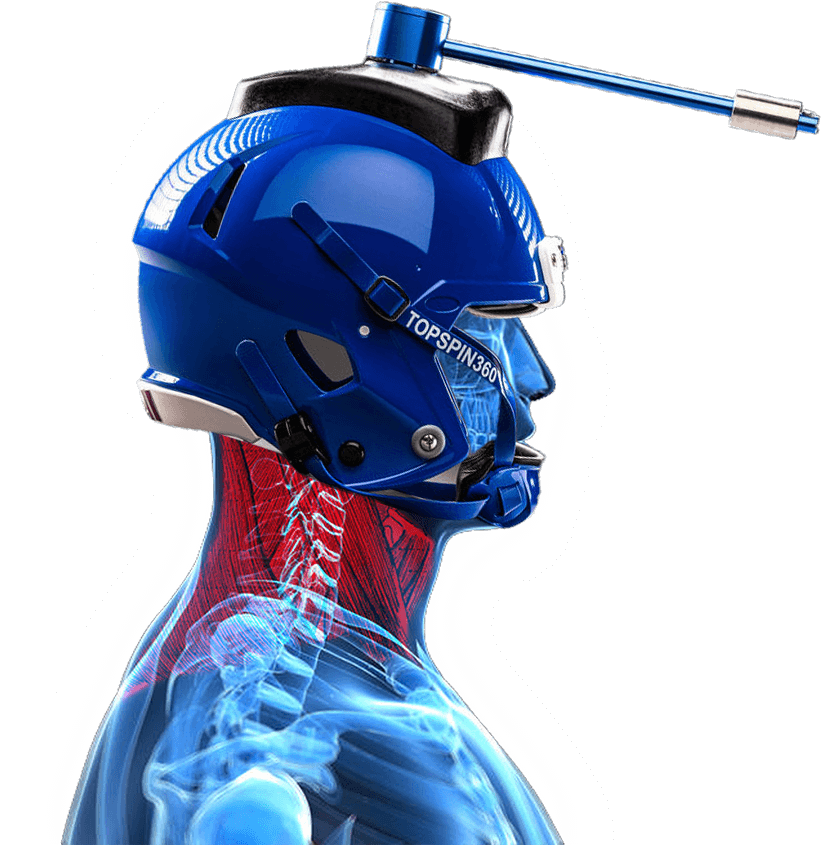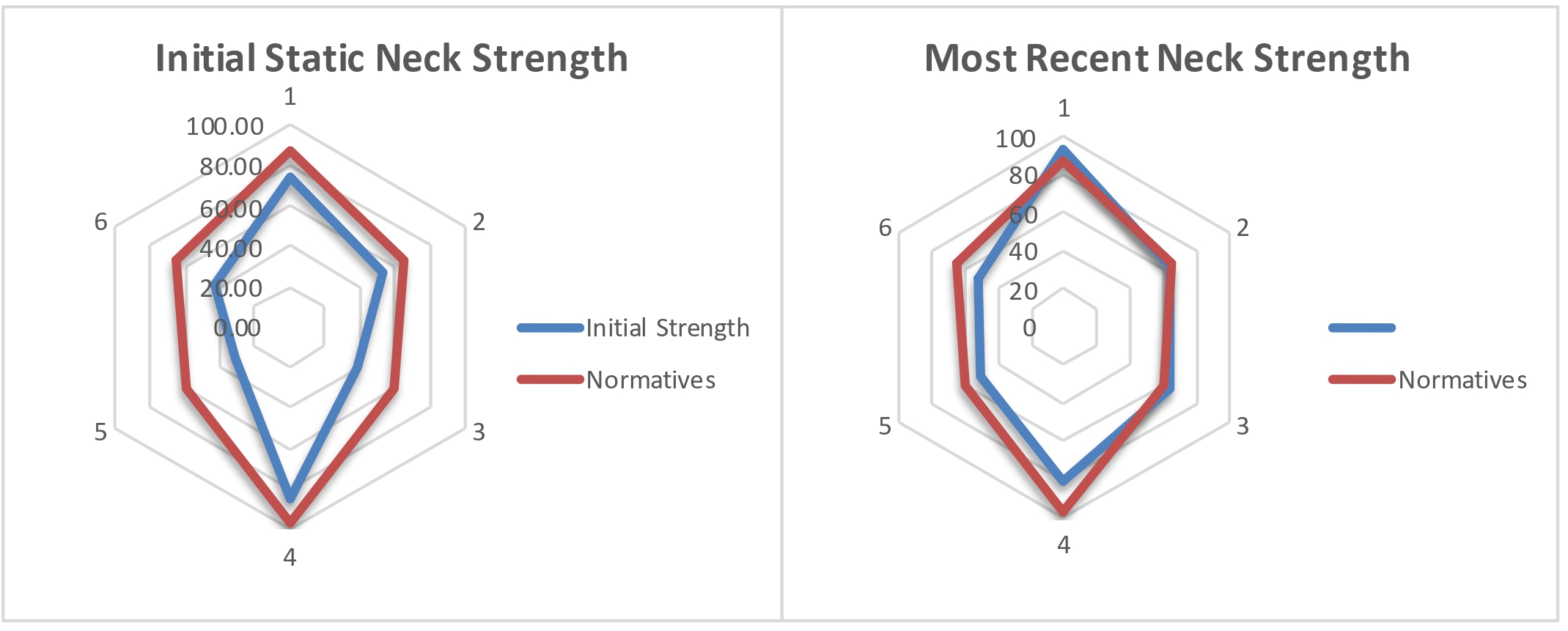The Crucial Intersection of Neck Training and Concussion Prevention

Sports, for many, are the epitome of passion, resilience, and agility. Yet, with the highs of triumphant goals and match-winning plays come the lows of injuries, with sports-related concussions taking center stage. The sheer unpredictability and potential long-term ramifications of concussions have driven professionals and researchers to search for effective prevention methods. Among these, one promising avenue is gaining momentum: neck strengthening and training.
The Sport-Related Concussion Dilemma
While helmets are essential protective gear, they don’t necessarily prevent concussions. Helmets are great for guarding against skull fractures, but they don’t always counteract the forces leading to concussions. To comprehend this, it’s important to delve into the physics behind concussions. Such injuries occur when sudden forces on the head, neck, or body lead to a rapid acceleration of the brain, brain stem, and spinal cord, resulting in damage. The equation representing this is: F = ma, where: F = Force leading to sudden acceleration of the head, neck, or body, Acceleration = Rate of change in the movement of the brain, brain stem, and spinal cord causing injury, Mass = Weight of the head. It’s noteworthy that if the force remains constant and the mass doubles, the acceleration is halved.
While we might not have control over the initial force of impact, we can influence the other components of the equation. How can we increase the effective mass to reduce acceleration during impact? The average weight of a human head ranges between 8-10 lbs. Instead of viewing the head in isolation, consider its connection to the body. By strengthening the neck, we can better anchor the head to a body that weighs 10-30 times the weight of the head, potentially reducing the acceleration dramatically. Through neck training, we enhance the stability between the head and body, effectively increasing the resistance against sudden accelerations during impacts.
Neck Strengthening: A New Hope
Enter neck strengthening. The premise is simple yet powerful: a robust neck can better absorb and distribute impact forces down into the body, potentially reducing the jarring motion of the brain. Yet, as with all things, the devil is in the details. How does one ensure effective neck training specifically tailored to concussion prevention?
The Challenge Through the S.A.I.D. Principle
To understand the intricacies, we turn to the S.A.I.D. principle (Specific Adaptation to Imposed Demand) in strength training. It posits that the human body adapts specifically to the type of demand imposed upon it. So, if we’re aiming to train the neck to prevent concussions, the exercises must replicate the forces and scenarios of real-world impacts.
However, traditional neck exercises might not necessarily align with the specific demands of sports-related impacts. The challenge, then, is to identify and develop training methods that specifically target the unique biomechanics of such scenarios.
Introducing the Six Pillars of Neck Training for Concussion Prevention
In the upcoming series, we’ll unravel six fundamental principles for effective neck training aimed at concussion risk mitigation. From exploring the multi-planar focus to understanding the importance of safety, we’ll dive deep into the heart of a methodology that promises a safer sporting future.
Join us in this enlightening journey, where we marry science with sports, seeking a path that protects our athletes from the shadow of concussions.
Follow us
Related Post
The realm of concussion prevention is vast, often focusing on tangible elements …
In the journey of understanding the neck’s role in concussion …
When we talk about concussion prevention, much of the conversation …






